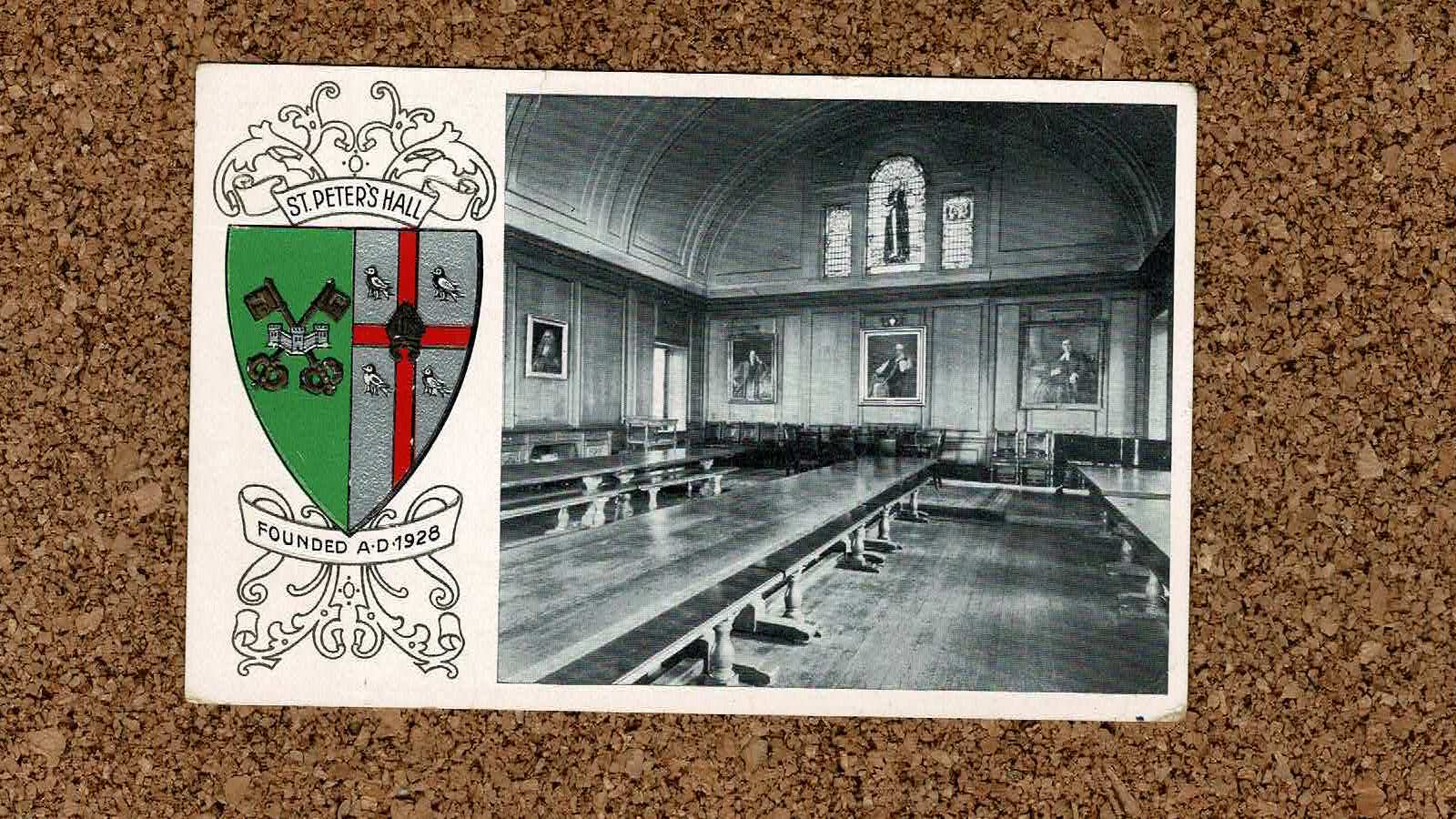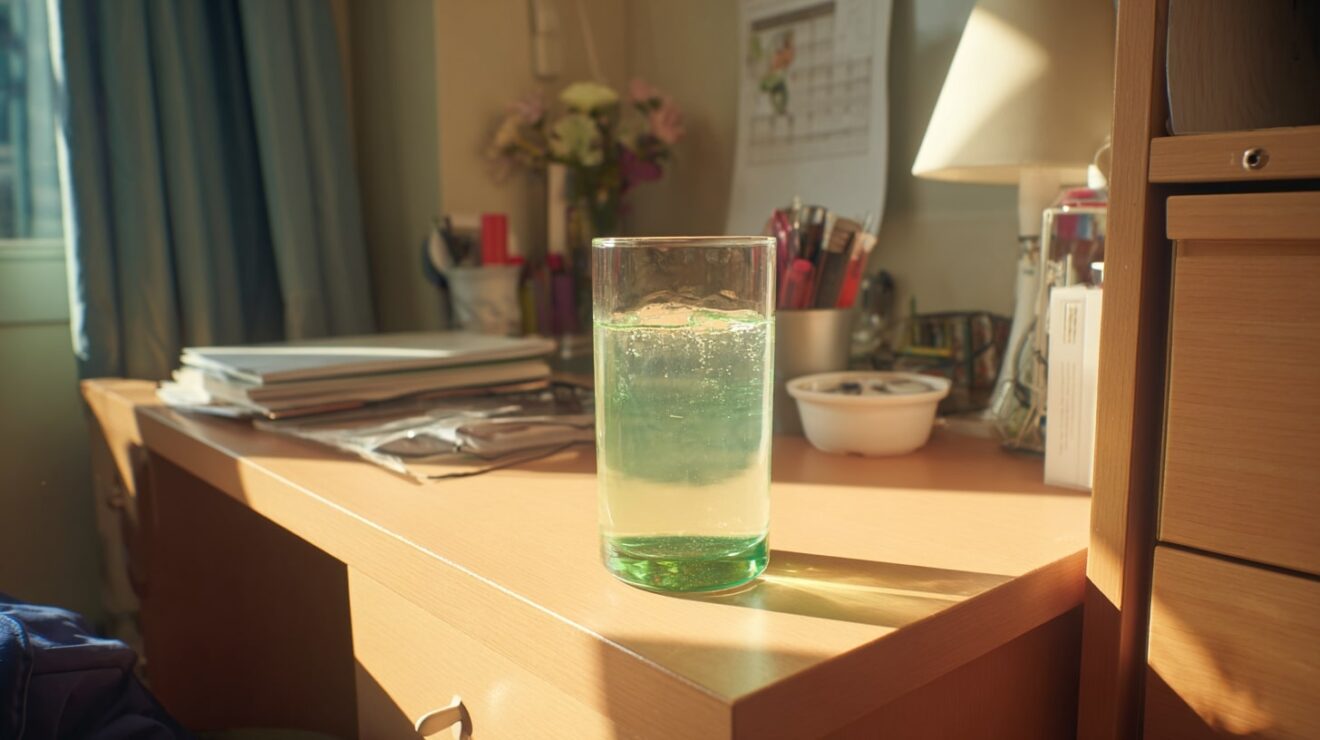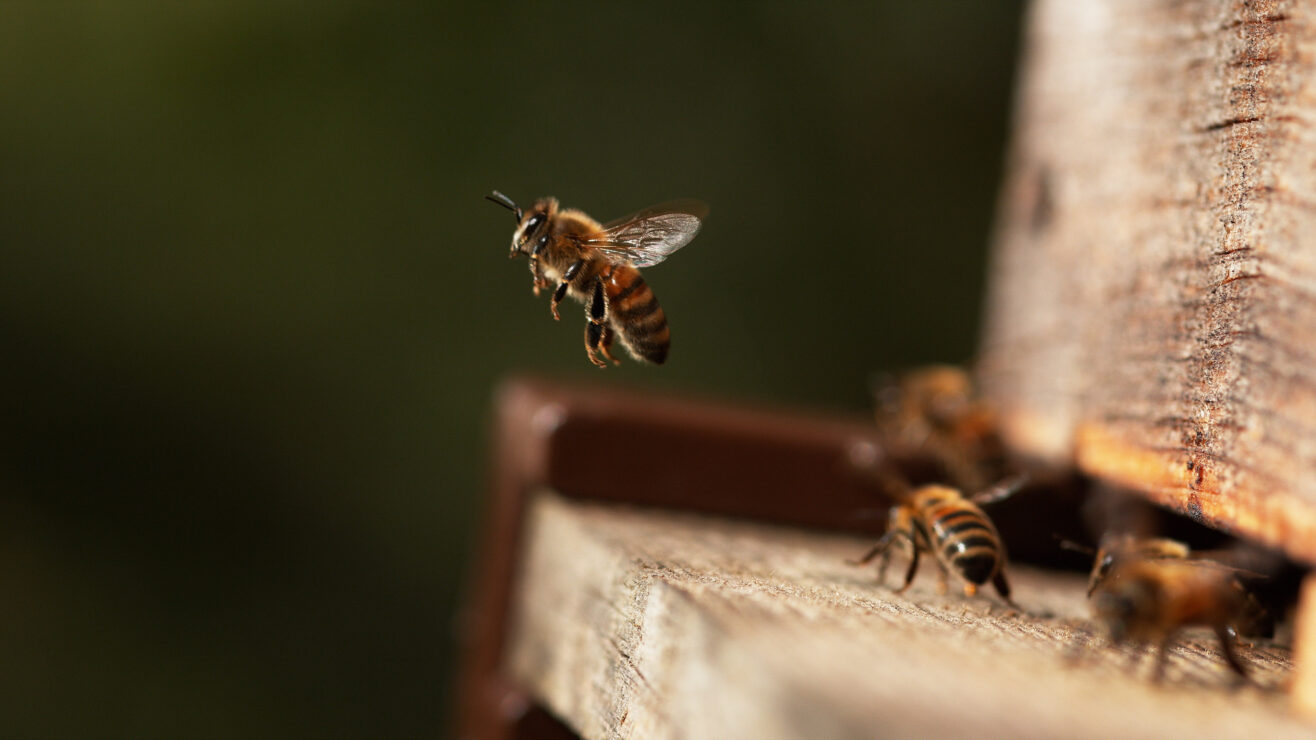Greetings from Oxford!
Keen observers will spot that St Peter’s College Oxford, the subject of today’s card, is not an ancient foundation. But it might just be built on ancient foundations!
The story starts with Francis Chavasse, evangelical churchman. Educated at Oxford, he served in various parishes before in 1899 becoming principal of Wycliffe Hall, a Church of England theological college, which is also a permanent private hall of the University of Oxford (permanent private halls are like colleges, but governance sits not only with the fellows as in an Oxford college, but also with the religious denomination which founded the hall).
After a year in post, he was appointed Bishop of Liverpool, in which role he served until 1923. He had become concerned at the costs of an Oxford education, and proposed the foundation of a new establishment, St Peter’s.
On his death in 1928, his son Christopher launched an appeal for funds to make St Peter’s happen, and raised £150,000 (Christopher competed with his twin brother, Noel, at the 1908 Olympics in London, and was also an England lacrosse international – he became Bishop of Rochester in 1940).
St Peter’s gained a university license as a hostel in 1928, with 13 residents – the following year it was made a permanent private hall, and the intake grew to 40 students. Despite its late foundation, it has a central Oxford location, and this is where those ancient foundations come into play.
Formerly on its site were two medieval halls – Trellick’s Inn and Rose Hall (another governance lesson: whereas a college is governed by its fellows, a hall was governed by its principal: so very much a private body). Trellick’s Inn was renamed New Inn Hall and became part first of New College and then Balliol College. Rose Hall was also given to New College which, later, sold the site to St Peter-le-Bailey Church as a site for a new church, which ultimately became the chapel of St Peter’s College.
St Peter’s was granted a Royal Charter in 1961, and admitted as a full college of the University of Oxford. Women were admitted as students from 1979. Notable alumni include Ken Loach, Mark Carney, and two former vice chancellors – David Eastwood and Dominic Shellard.













